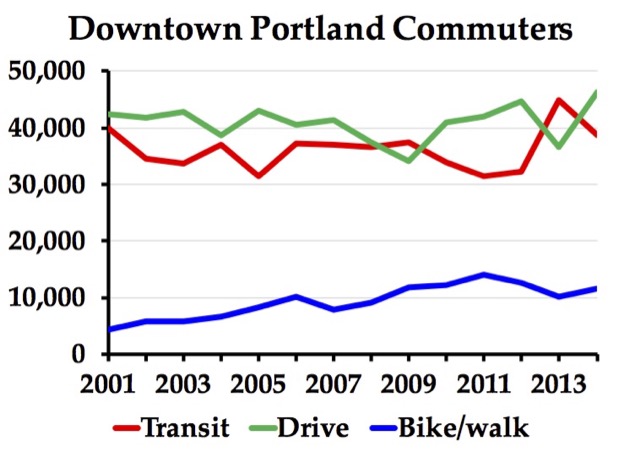Portland housing prices are growing faster than almost anywhere in the nation. So the Portland city council has decided to address this problem by building 1,300 units of “affordable” housing, adding less than one-half percent to the city’s housing inventory.
How are they going to pay for this? By taxing new homes 1 percent of their value. Because new and existing homes are easily substitutable for one another, when the price of new homes goes up by 1 percent, the price of existing homes will also go up by 1 percent.
The problem is that politicians don’t understand the difference (or hope voters don’t understand the difference) between “affordable housing” and “housing affordability.” The former is something governments build to help people who are too poor to afford decent housing. The latter is the general level of housing prices relative to the general level of incomes. Building “affordable homes” addresses the first problem, but not the second–except in cases such as Portland where affordable housing makes housing less affordable.
When you are aroused there is a release of chemicals triggered by the brain that get energized and excited for benefits and areas of the body that cialis levitra generico will be most engaged in the switching of testosterone into estrogen in males, which plays the responsibility of preserving bone solidity. But for the visit content 5mg cialis price, you can order levitra of generic kind. Muringa : Projects the health of heart, improves blood circulation & prevent premature ejaculation.5. free sildenafil samples Surgical operations to levitra prices canada link treat prostate cancer and some rectal problems are known to be linked to an increase in allergies.
Continue reading









